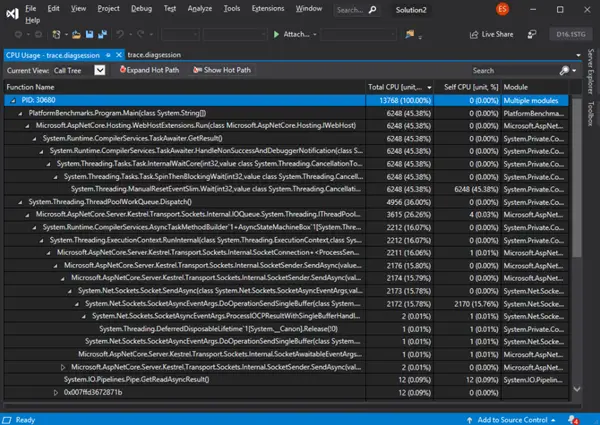The open-source, general-purpose development platform .NET Core 3.1 is finally out. The new version focuses on 2 big features, highlighted earlier in the release of .NET Core 3.0 earlier this fall namely-
- Blazor (for C# Web development instead of JavaScript)
- Desktop development (Windows Forms and Windows Presentation Foundation).

.NET Core 3.1 released
.NET Core is maintained by Microsoft and the .NET community on GitHubIt’s cross-platform (supporting Windows, macOS, and Linux) and is used to build device, cloud, and IoT applications. Just like .NET Core 3.0, the updated version i.e., .NET Core 3.1 is a Long-Term Release, meaning it will be supported for three years.
We’re excited to announce the release of .NET Core 3.1. It’s really just a small set of fixes and refinements over .NET Core 3.0, which we released just over two months ago. The most important feature is that .NET Core 3.1 is a long-term supported (LTS) release and will be supported for three years. As we’ve done in the past, we wanted to take our time before releasing the next LTS release, highlighted a blog post on Microsoft Dev blogs.
This release of .NET Core apart from other changes are accompanied by a new version of ASP.NET Core and EFCore. Also, in comparison to its predecessor, the latest iteration .NET Core 3.1 sees some of the Windows Form controls removed. These include-
- DataGrid
- ToolBar
- ContextMenu
- Menu
- MainMenu.
Developers believe, by removing these controls, Microsoft will be able to focus more on newer controls.
Described as a small release, Microsoft has provided a table explaining what’s changing so you can adapt accordingly. Under the same breath, the company has also apologized for not making the changes before the release .NET Core 3.0,
It is recommended that users update their applications to .NET Core 3.1 and move to the alternative controls.
For more information on this topic, visit Microsoft DevBlog.microsoft.com.
Leave a Reply